Ram Bahadur (name changed) 13, studies in grade 5 in a school near his home. His parents are both labor workers and are employed on a daily wage basis in construction sector. The family representing marginalized community resides in a slum area.. His father leaves home at early at 6 am while his mother leaves at 8 am after making sure their children have had their meal. Most often the parents catch up with their children only at 6 pm. Ram is the eldest child in his family and has a sister 5 years younger to him.
On one fine evening, while playing in the field, he fell down and landed on his left arm. He immediately noticed sudden pain in his left arm, this pain was nothing like the countless fall injuries he had earlier dealt with. In addition to the difficulty in movement, he felt something quite unusual. The pain along with swelling got aggravated with time. After 2 days of the incident, he was unable to move his left arm. He visited the government health facility which is at a distance of half an hour from his home.
He was accompanied by his cousin who is just 2 years older than him. The health worker examined his left arm. There was visible swelling and upon examination it was clear that he had limited range of movement. He barely allowed the health worker to touch on the affected part and expressed his pain clearly with grimace in his face on minimum touch. The health facility run by two health workers have limited resource at their disposal. They concluded that it was a fracture in his left arm or dislocation of the elbow joint. With no further tests available at the facility, he was advised for X-ray and further treatment at a regional hospital located 18 km away. How he dealt with the situation, what he understood and how he explained it to his parents and how soon do they reach the health facility is another part of the story.
Ram’s story is just one among many of those whose basic health care services are catered outside from their first primary care of contact. With lack of skilled human resource, limited diagnostic, minimum drug supply; many times patient like him are referred to higher center for further diagnosis and treatment. Many possibly end in the private sectors considering the working hours of their parents and employment in the informal sector. The quality of service and the expenditure encountered is often not measured. Many like him are still left outside the radar of Universal Health Coverage, with no financial protection and possibly spend more than that is actually needed for the service they receive. Poor referral mechanism and lack of any coordinating structure further complicates how the patient did during his further treatment and services he received.
His story is just an example of how as a country Nepal, needs to take leap before it achieves Universal Health Coverage, leaving no one behind. While initiation of Health insurance is a first positive step in the direction (where service availability is only from selected sites), the basic health care services needs be available closer to the people to make any visible impact.
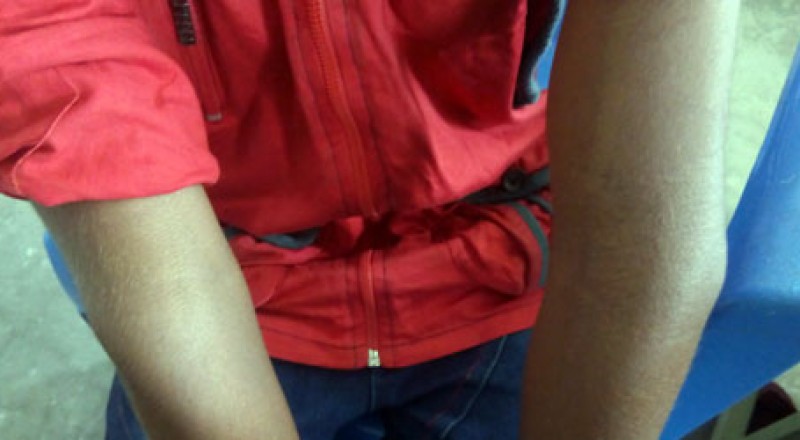
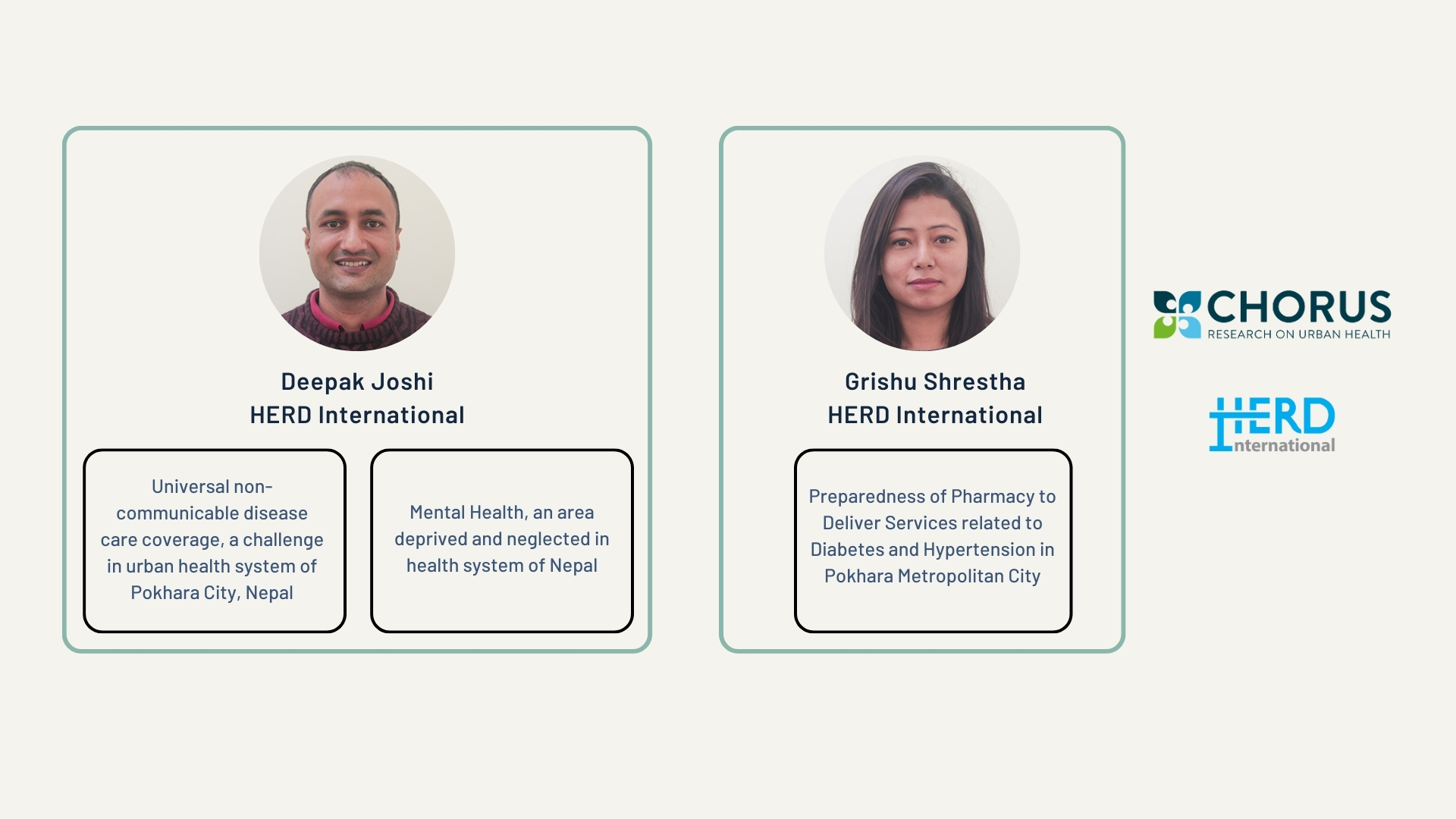
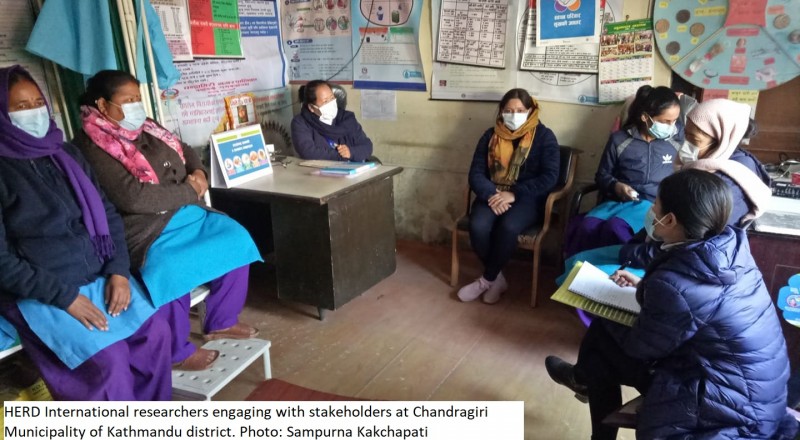
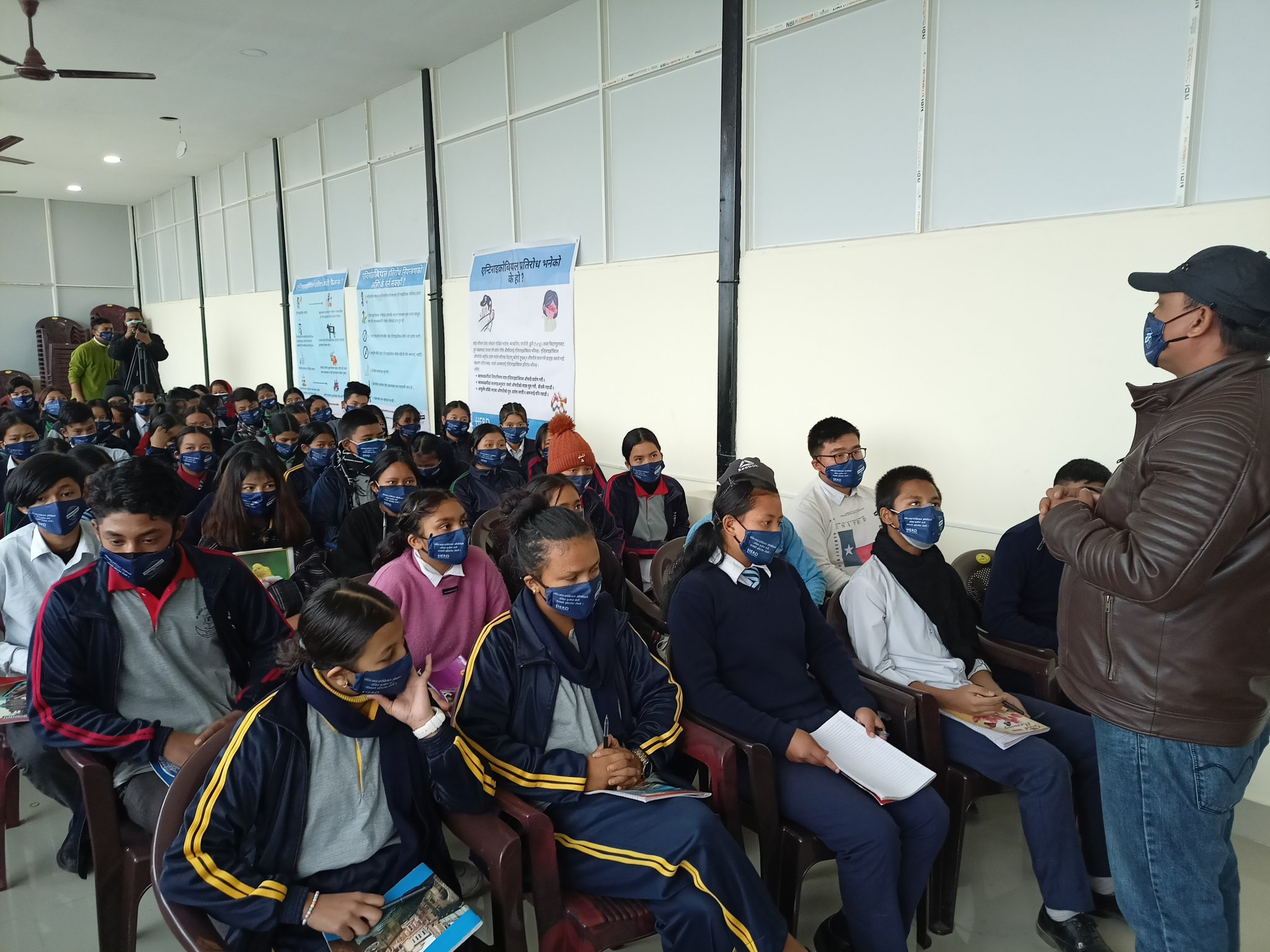
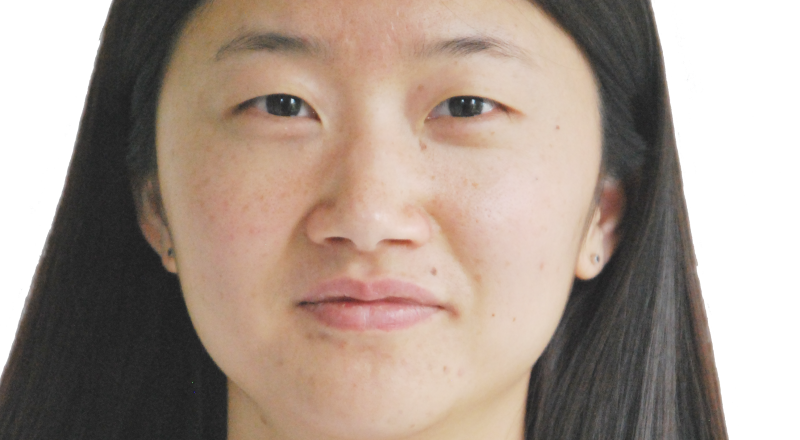

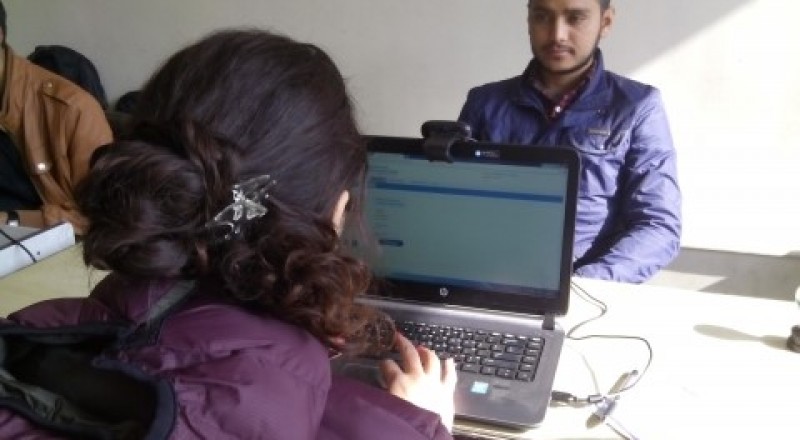
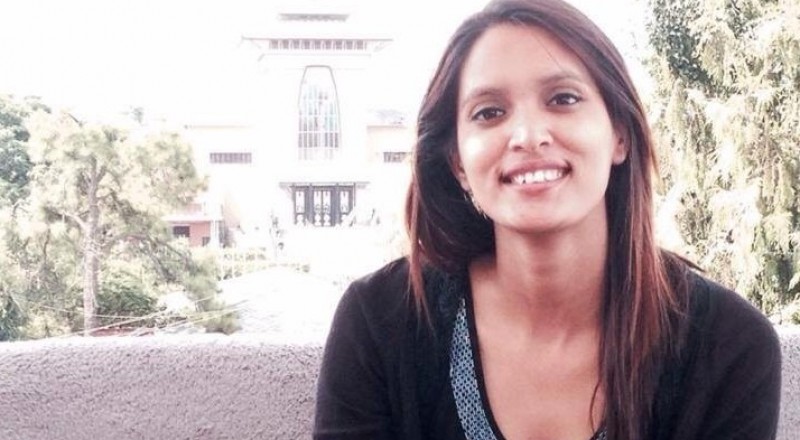
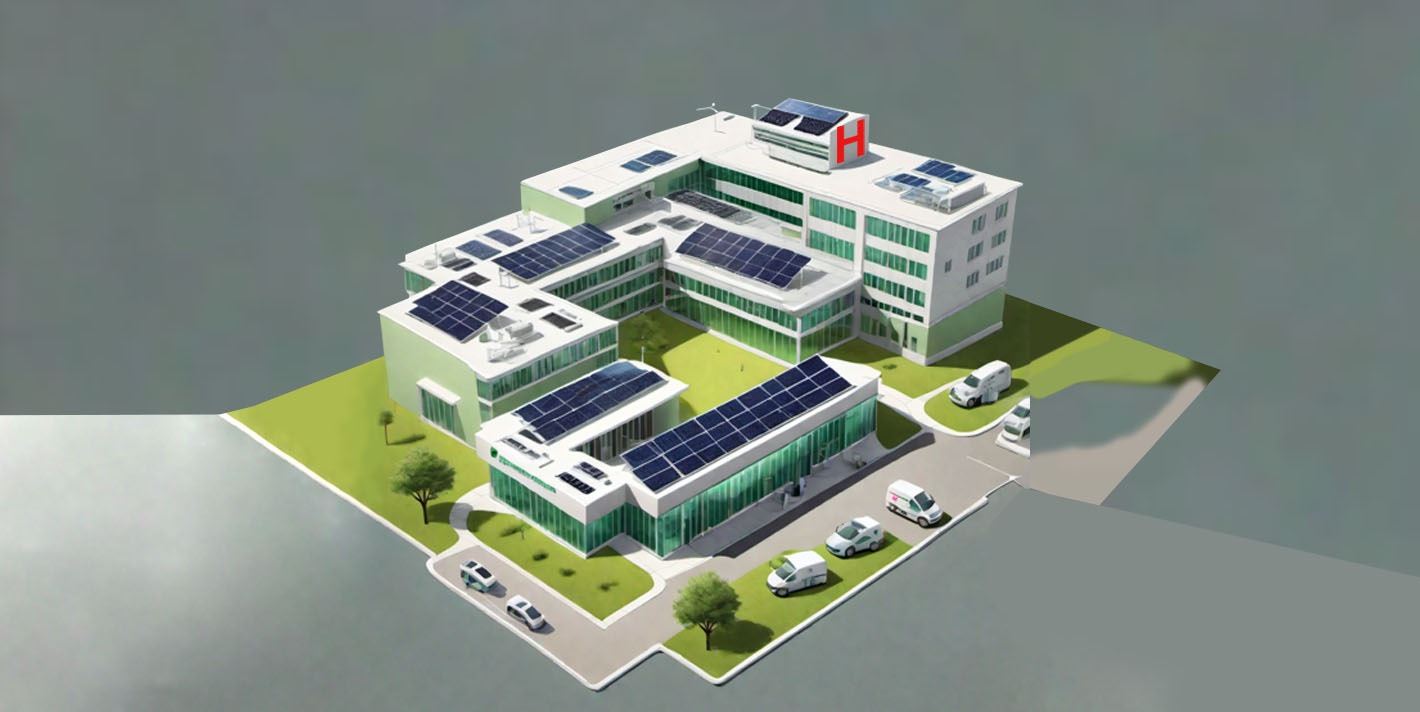
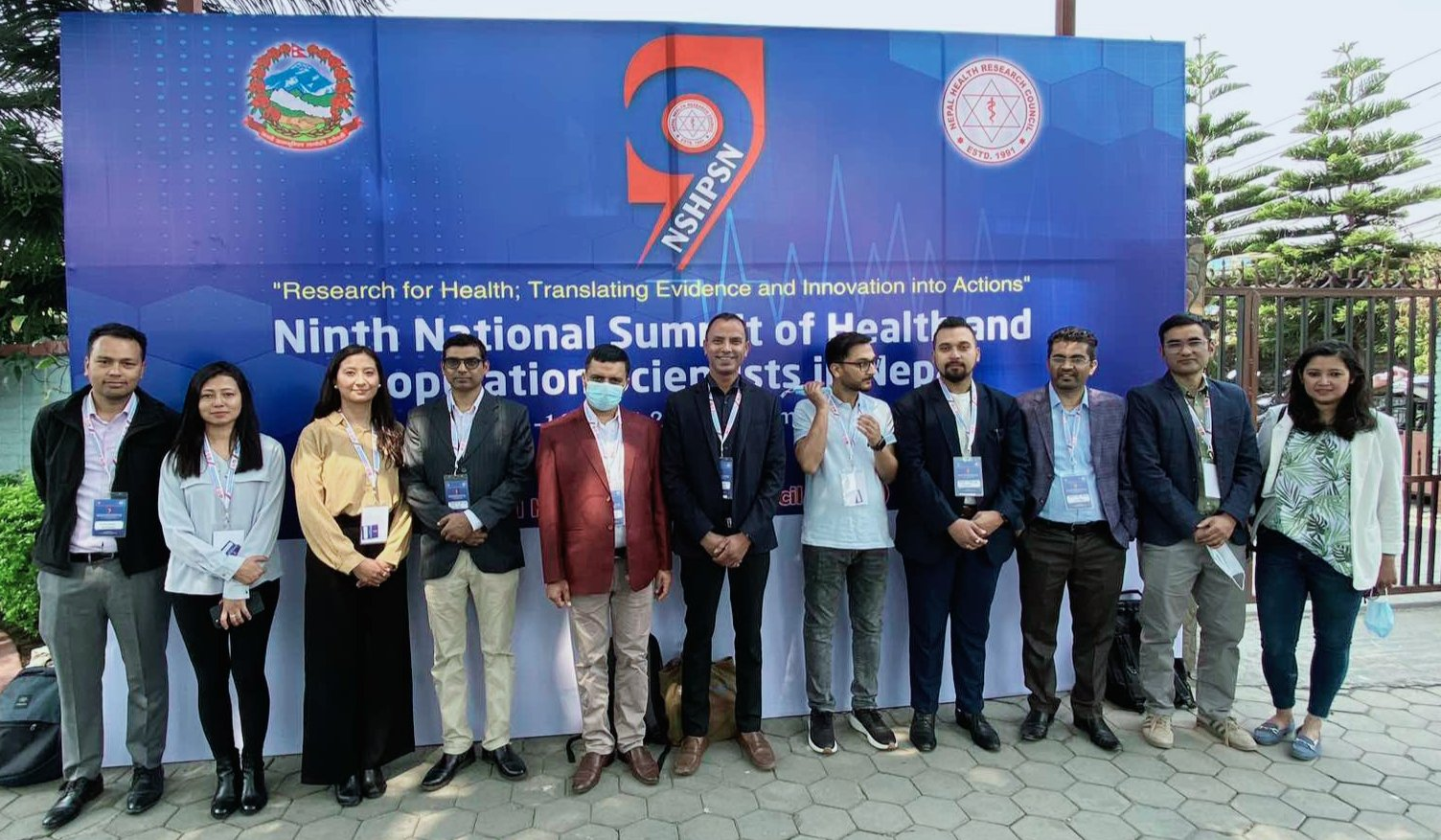

Comments (0)
No comments found.